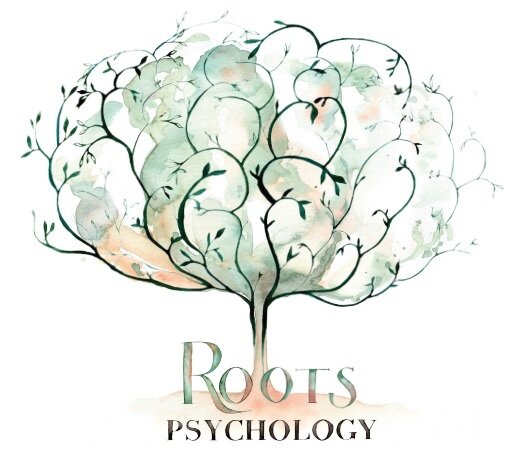The Anger Iceberg
Blog post written by Dr Catherine Pitfield, Child Psychologist (Roots Psychology) working in Brighton and Hove.
Anger is an important emotion, it often tells us that something is wrong or we don’t like something that is happening. When we are afraid, Anger can help us to feel less vulnerable and able to survive the situation. The important thing is how we express and manage Anger.
It can be useful to think of Anger like an iceberg. The tip of the iceberg represents Anger, which everyone sees. However, there is 90% more of that iceberg hidden below the surface of the water. The Anger is the behaviour that is shown (the tip), when the more complex feelings responsible for Anger are hidden below the surface. The feelings responsible for the Anger vary from young person to young person, they may be about fears, worries, embarrassment, confusion, hurt pride, and many other emotions.
Angry behaviour is usually very easy to see in young people, but it can be much harder to see the underlying feelings and causes. As a parent, it can take a bit of detective work to understand why young people are responding to something with Anger. It can be useful to keep an “Anger diary” to help you notice any patterns or causes. You could note down:
A (Antecedents): Where was the child? Who else was there? What else was going on around them? What was the provocation? What was said?
B (Behaviour): What did the child do? What did their behaviour look like?
C (Consequences): What happened as a result of the behaviour? How was the problem dealt with? What did others do? How did they react?
Anger is often used to communicate a feeling, or because young people do not have another strategy available to use to help with their emotions. It can be useful to think “What else is my child feeling at the moment?”. Once this is clearer you can then start to look at ways to prevent the Anger by supporting with the feelings that are causing it.

